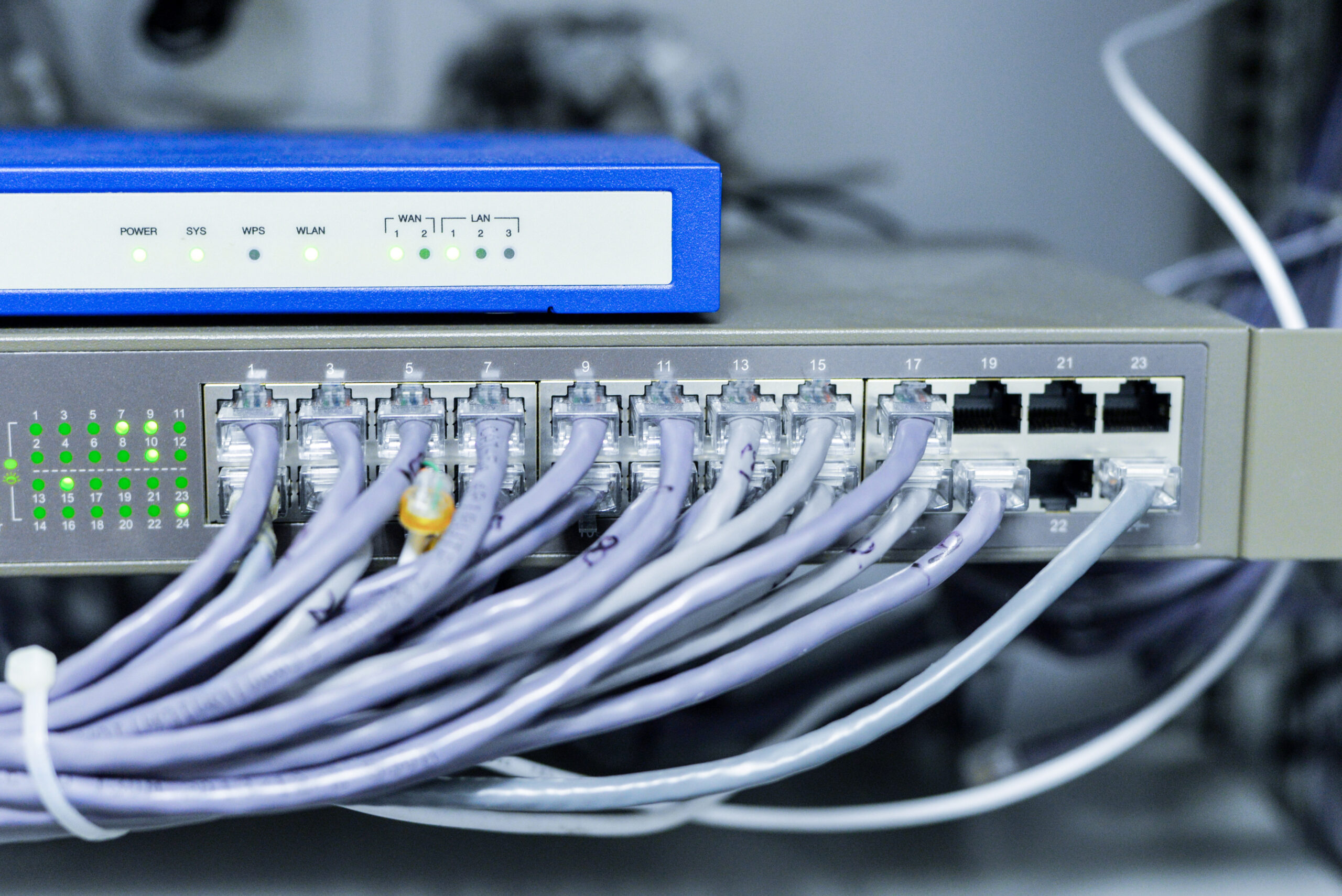In today’s fast-paced digital landscape, businesses rely on seamless connectivity for everything from daily communication to cloud applications. The debate of Structured Cabling vs Wireless Networking continues to shape how organizations design their IT infrastructure.
At Jet Jet Internet, we help businesses choose the right networking solutions by analyzing their unique requirements. Whether it’s robust enterprise cabling or flexible wireless network solutions, the right choice can significantly impact productivity, security, and scalability.
Understanding Structured Cabling
Structured cabling forms the physical backbone of a business’s IT infrastructure. It involves a standardized system of cables and hardware that connects workstations, servers, and data centers into a cohesive network.
Benefits of Structured Cabling:
- Reliability: Wired systems experience fewer disruptions.
- High Speed: Ideal for data-heavy operations like video conferencing and file transfers.
- Security: Physical cabling reduces risks of unauthorized access compared to wireless networks.
- Scalability: Supports future technology upgrades with minimal disruption.
For organizations that require a strong, permanent foundation for operations, wired networking through structured cabling is often the go-to choice.
The Rise of Wireless Networking
On the other side of the debate, wireless network solutions have gained popularity due to their convenience and flexibility. With Wi-Fi access points strategically placed throughout the office, employees can connect their devices without being tethered to cables.
Benefits of Wireless Networking:
- Mobility: Employees can move freely across the office while staying connected.
- Flexibility: Easy to add new devices or expand networks without physical rewiring.
- Cost-Effective for Small Offices: Less initial investment in physical infrastructure.
- Supports Hybrid Work: Enables seamless remote collaboration with cloud platforms.
Wireless solutions are particularly valuable for businesses emphasizing flexibility and employee mobility.
Structured Cabling vs Wireless Networking: The Key Differences
When comparing Structured Cabling vs Wireless Networking, it’s important to evaluate factors such as speed, security, scalability, and cost.
1. Speed and Performance
Structured cabling offers unmatched stability and higher bandwidth, making it ideal for organizations that require constant, high-speed connectivity. Wireless networks, while improving rapidly, may still face issues like interference or slower speeds in crowded environments.
2. Security
Wired networks are inherently more secure since physical access is required to connect. Wireless networks, however, are more vulnerable to cyber threats if not protected with proper encryption and firewalls.
3. Scalability
Both systems offer scalability, but in different ways. Structured cabling supports long-term growth with durable infrastructure, while wireless systems make it easy to expand device connectivity without rewiring.
4. Cost Considerations
Wireless solutions may be more cost-effective initially, especially for startups or smaller offices. However, structured cabling offers long-term reliability, reducing the costs of frequent troubleshooting.
Hybrid Approach: The Best of Both Worlds
In many cases, the smartest solution isn’t choosing one over the other—it’s combining both. Businesses can rely on structured cabling for mission-critical operations while using wireless solutions for flexibility and mobility.
For instance, servers and data centers might run on enterprise cabling, while employees use Wi-Fi for day-to-day tasks. This hybrid approach ensures speed, reliability, and mobility without compromise.
How Jet Jet Internet Helps Businesses
At Jet Jet Internet, we understand that no two businesses are the same. That’s why we design networking infrastructures tailored to organizational goals. Our services include:
- Enterprise Cabling Solutions for long-term, high-performance setups
- Wireless Network Solutions for flexible, modern workplaces
- Corporate Internet Setup for secure and seamless business connectivity
- Ongoing support and maintenance to ensure smooth operations
By combining expertise in both cabling and wireless technologies, we help companies stay connected, competitive, and future-ready.
Preparing for the Future of Networking
The future of networking will likely be a blend of wired and wireless solutions. As businesses integrate more IoT devices, video conferencing tools, and cloud-based systems, both structured cabling and wireless setups will play essential roles.
Investing in a scalable, hybrid infrastructure today ensures businesses can adapt quickly to future technologies without costly overhauls.
Conclusion
The debate of Structured Cabling vs Wireless Networking isn’t about choosing one over the other—it’s about finding the right balance for your organization. Structured cabling provides speed, reliability, and security, while wireless networking delivers flexibility and convenience.
With Jet Jet Internet, businesses don’t have to compromise. Our team of experts helps design customized solutions that blend wired stability with wireless freedom, ensuring that your company’s network is secure, scalable, and future-proof.
Frequently Asked Questions
1. What are the main differences between structured cabling and wireless networking?
Structured cabling provides stability and security with physical infrastructure, while wireless networking offers flexibility and mobility.
2. Which is more cost-effective for businesses?
Wireless networking may have lower upfront costs, but structured cabling offers greater long-term reliability and fewer technical issues.
3. Can businesses use both structured cabling and wireless networking?
Yes, many companies adopt a hybrid approach—using structured cabling for servers and critical systems while relying on wireless for employee mobility.4. How does Jet Jet Internet help with networking?
We provide tailored enterprise cabling, wireless network solutions, and corporate internet setup designed for business performance and scalability.




